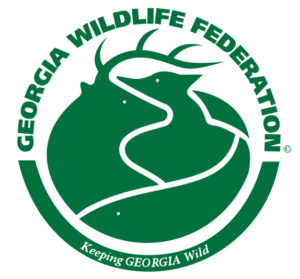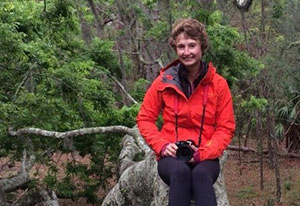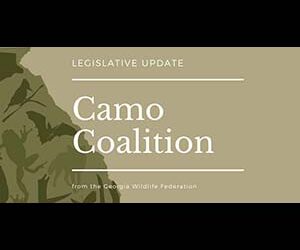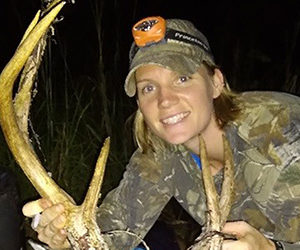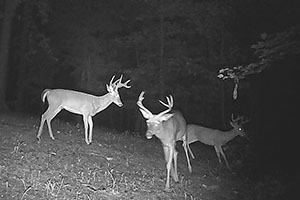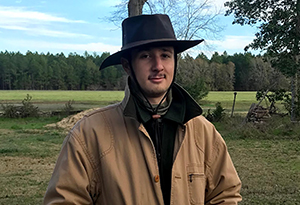News
Georgia R3 Initiative hires Breanna Bashford as the new State R3 Coordinator
Covington, GA - The Georgia R3 Initiative is proud to announce the hire of Breanna “Bre” Bashford to fill the vacancy of the Georgia R3 Coordinator. Her position is supported by the Georgia Wildlife Federation, Georgia Department of Natural Resources Wildlife...
read moreOcmulgee River Corridor Comment Period Open through March 26
February 16, 2021 The National Park Service (NPS) is conducting a Special Resource Study of the Ocmulgee River Corridor between Macon and Hawkinsville, Georgia. The purpose of the study is to identify whether the Ocmulgee River Corridor meets specific criteria to be...
read moreHunting, Fishing, and Habitat: Late Winter and Early Spring
“A brief discussion of some key opportunities to increase year-round wildlife habitat quality and maximize outdoor opportunities between deer season and turkey season.” By Evan Wheeler, GWF Private Lands Biologist 11 February 2021 White-tailed deer season has to come...
read moreGeorgia Wildlife Federation Hosts Waterfowl Hunt for UGA Academics Afield Students
Covington, GA- Spring Semester for the Academics Afield Program at the University of Georgia launched without a hitch wrapping up the 2021 Waterfowl Season. GWF staff and UGA’s new Academics Afield Coordinator Cody Ellis led six novice hunters, three volunteer...
read more2021 Legislative Update
January 25, 2021 Last year’s legislative session, with its split session due to the coronavirus pandemic, was one of the strangest of my career. This newest session promises to be just as unique. To date, the General Assembly has focused on new committee assignments...
read moreGeorgia Water Coalition Holds Fall Meeting
The Georgia Water Coalition met virtually on November 19th for its annual fall membership meeting. This meeting is usually held at GWF’s Alcovy Conservation Center every November and includes an oyster roast and happy hour. Although these water advocates could not...
read moreSupport Georgia Wildlife Federation with Target Circle
GWF is honored and excited to announce that we have been chosen to participate in a special charitable giving campaign, sponsored and funded by Target. And you have the chance to help direct a portion of Target's donation to us! Now through December 31, vote for us...
read moreThe Wild Turkey- Almost the Nation’s Bird
By Ashlyn Halseth When proposing a national symbol for the United States, many of the founding fathers looked towards the Bald Eagle for their intimidatingly strong beaks and wings built for soaring; however, a myth has circulated in American culture that Benjamin...
read moreNational Wildlife Federation Hires SE Regional Coordinator for Artemis
Georgia Wildlife Federation is excited to partner with National Wildlife Federation's new hire, Ashley Chance. Ashley will be working to expand the Artemis program in the Southeast with the goal to create a robust network of women that can rely on each other for...
read moreThe Northern Flicker- The Anteaters of the Sky
By: Ashlyn Halseth With southern migration season picking up, the Northern Flicker’s (Colaptes auratus) coloration is well-deserving a feature during the fall season! The Northern Flicker is a species of bird found within the family Picidae, which includes other...
read moreFind the Food and Find the Deer: Keying in on Soft Mast
By Evan Wheeler, GWF Private Lands Biologist As archery season for white-tailed deer approaches, deer hunters throughout Georgia are eagerly anticipating getting into the woods to swat mosquitos, pick off ticks, and hopefully send some arrows into flight! However,...
read moreAcademics Afield Hires New Coordinator and Implements COVID-19 Protocols
Covington, GA – GWF hired a new Academics Afield Coordinator at Abraham Baldwin Agricultural College (ABAC) and will modify events to ensure they meet or exceed university COVID-19 safety standards. “We have been working with faculty and staff at each university to...
read more